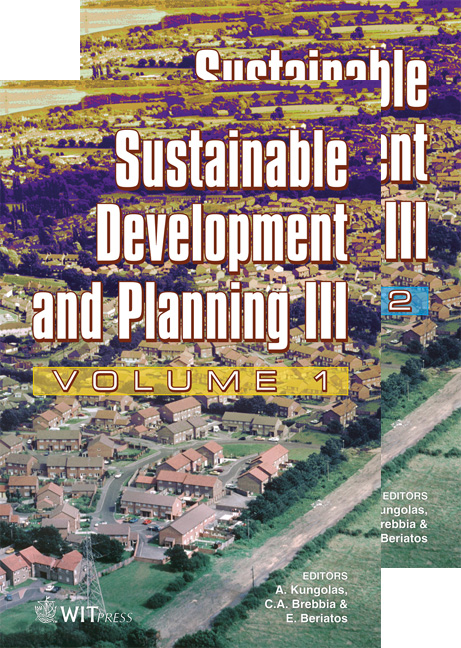Authenticity Versus Hybridity In Rural Greece
Price
Free (open access)
Transaction
Volume
102
Pages
12
Published
2007
Size
746 kb
Paper DOI
10.2495/SDP070251
Copyright
WIT Press
Author(s)
A.-M. Theodoraki, J. Theodoraki-Patsi & P.-C. Theodoraki
Abstract
The architectural representation of diverse rural settlements in the Serres district (northern Greece) originated from different periods of the 20th century. The history of the region describes authenticity in some cases in contrast with hybridity and heritage development in others. Architectural heritage (in all closely related aspects) is important in restructuring rural space. The local identity, especially, that which emerges from the various historical pathways of each region, constitutes today one fundamental perspective for local sustainable development. Rural development promoting a local identity is related also to the \“third wave” of development, the \“informational”, contributing to the rehabilitation of architectural heritage in order to promote tourism. Most of the traditional architectural morphology of the Serres district was destroyed during the First World War and later the area had to settle 135,000 Greek refugees from Asia minor in new rural settlements according to the treaties of Neuilly and Lausanne. In the 50% of settlements that have been implemented for the refugees between 1923 and 1940, the \“making” of the built environment is documented. In Greece, the dichotomy between natural or systematic land distributions is recorded since antiquity. During the Byzantine era and later on during the Ottoman occupation the land management followed natural distributions. The natural distribution for Greece corresponds to the term \“traditional”, a heritage from the period before the 20th century. Systematic distributions were implemented after 1923, when the district became part of Greece and they correspond to the term \“planned”. In the three dimensions, the diversity of architectural elements in the Serres district, describes the inter-crosses between the traditional, the neoclassical symbolism and the modern movement, followed by the current regeneration of the local identity issue in rural areas as initiative for sustainable development. The revival of traditional values questions, once more, authenticity or hybridization, while virtual reconstructions and databases of threatened cultural heritage support the context of the new place making. Keywords: traditional architecture, heritage, identity, hybridity, authenticity, rural, sustainable development, rehabilitation, representation, Serres.
Keywords
traditional architecture, heritage, identity, hybridity, authenticity,rural, sustainable development, rehabilitation, representation, Serres.





